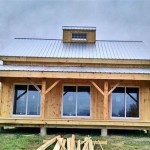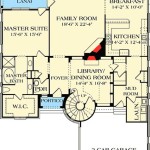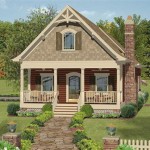Frank Lloyd Wright House Plans: A Legacy of Timeless Design
Frank Lloyd Wright, an architectural genius of the 20th century, left an enduring legacy through his iconic house plans. Wright's designs epitomized the principles of organic architecture, blurring the boundaries between interior and exterior spaces, and harmonizing with the natural surroundings.
Wright believed that a home should be more than just a shelter; it should be a work of art that reflects the unique personalities and lifestyles of its occupants. His house plans often incorporated innovative features such as cantilevered roofs, open floor plans, and extensive use of natural materials like wood, stone, and glass.
The Prairie Style
One of Wright's most recognizable styles was the Prairie Style, exemplified by the famous Robie House in Chicago. Prairie-style homes featured low-slung horizontal lines, overhanging roofs, and open interiors that flowed seamlessly into outdoor living spaces. The emphasis was on creating a sense of warmth and connection to the surrounding environment.
The Usonian Style
Later in his career, Wright developed the Usonian style, which aimed at affordability and accessibility for middle-class families. Usonian homes were typically smaller and more compact than Prairie-style homes, with simple, functional designs and an emphasis on natural materials.
Signature Features of Wright's House Plans
Some of the signature features that characterize Frank Lloyd Wright house plans include:
- Open Floor Plans: Wright believed that spaces should flow into each other, creating a sense of spaciousness and interconnectedness.
- Cantilevered Roofs: Wright's roofs often extended beyond the walls, creating sheltered outdoor areas and visually dynamic silhouettes.
- Built-In Furniture: Wright often designed custom furniture that was integrated into the architecture, enhancing both functionality and aesthetics.
- Natural Materials: Wood, stone, and glass were frequently used in Wright's designs, harmonizing with the surrounding environment.
- Integration with Nature: Wright's homes were designed to blend with their natural surroundings, featuring large windows, terraces, and courtyards that connected indoors and outdoors.
Legacy and Influence
Frank Lloyd Wright's house plans have had a profound influence on modern architecture. His innovative designs challenged traditional notions of space and form, inspiring countless architects and designers. Wright's legacy lives on in the numerous houses, museums, and public buildings that embody his timeless vision.
Today, many architects and homeowners continue to draw inspiration from Frank Lloyd Wright's house plans. His designs remain relevant and desirable for their beauty, functionality, and enduring appeal. Whether it's a Prairie-style home nestled in the suburbs or a Usonian-inspired modern residence, Wright's legacy continues to shape the way we design and live in our homes.

Frank Lloyd Wright Home Plans Homes

16 Frank Lloyd Wright House Plans Ideas In 2024

S First Frank Lloyd Wright House Blocked By Planning Inspector Archdaily

Frank Lloyd Wright Inspiration 20092ga Architectural Designs House Plans

Three Frank Lloyd Wright Unbuilt Houses Brought To Life As Digital Reconstructions

Frank Lloyd Wright Inspired Home Plan 85003ms Architectural Designs House Plans

Floor Plan The Elam House

Frank Lloyd Wright House Floor Plans Historic American Homes Brand

Frank Lloyd Wright House Floor Plans Historic American Homes Brand

5 Great Architectural Inspirations From Frank Lloyd Wright The House Designers








